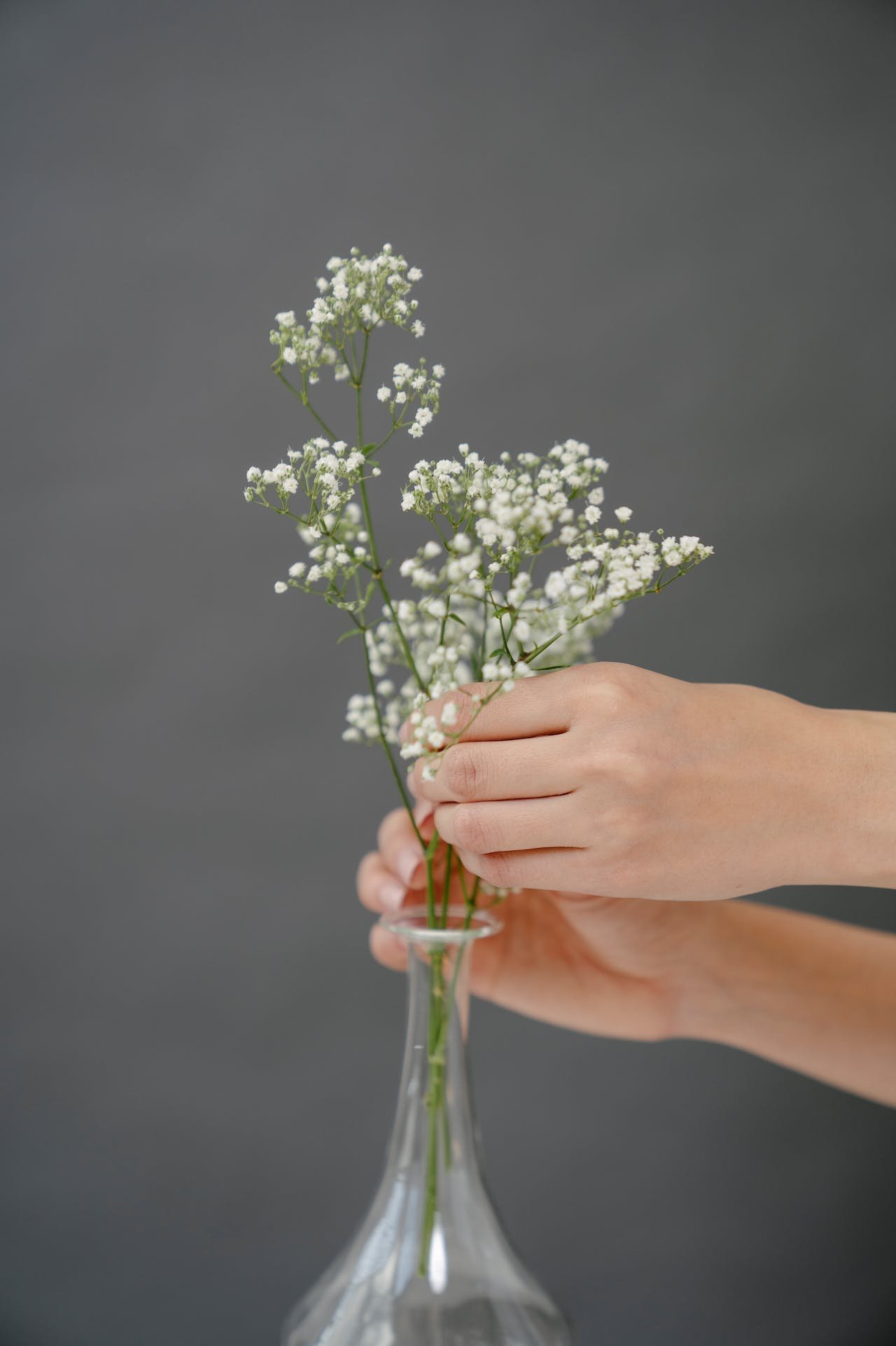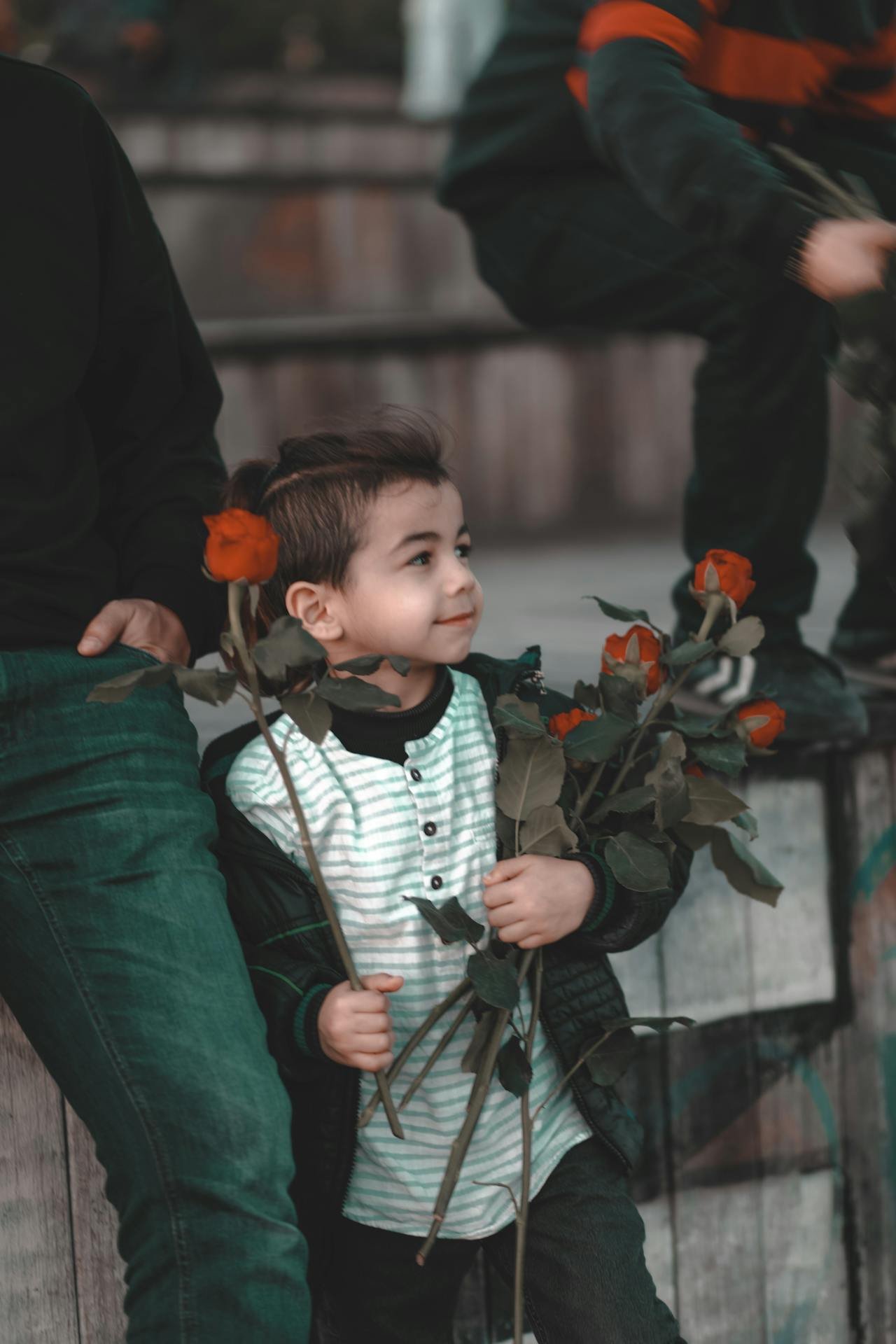Floristry is the art of living and breathing, creating beautiful floral arrangements, and mastering this skill requires a combination of creativity, technique, and knowledge. Whether you are an aspiring florist or a hobbyist looking to enhance your skills, this guide will provide you with essential tips to become a proficient floral artist.
Understanding the Basics
1. Learn About Different Flowers
Begin by familiarizing yourself with various types of flowers and their unique characteristics. Understand the seasonal availability, colors, shapes, and scent of different flowers to make informed choices when creating arrangements.
2. Grasp the Fundamentals of Design
Study the basic principles of floral design, including proportion, balance, harmony, rhythm, and focal point. These principles form the foundation of creating visually appealing arrangements.
3. Master Flower Care and Handling
Understanding how to properly care for and handle flowers is crucial for their longevity. Learn about techniques such as conditioning, hydration, and proper storage to ensure the quality of your floral materials.
Developing Your Skills
1. Practice Regularly
Engage in consistent practice to develop your skills. Experiment with different styles, techniques, and arrangements to discover your unique aesthetic and improve your proficiency.
2. Take Formal Training
Consider enrolling in floristry courses or workshops to receive formal training from experienced professionals. This can provide you with hands-on experience, in-depth knowledge, and valuable feedback to refine your craft.
3. Seek Inspiration
Draw inspiration from various sources such as nature, art, fashion, and other florists’ work. Attend floral exhibitions, browse design books, and follow renowned florists on social media to stay updated with current trends and innovative designs.
Mastering the Art
1. Develop a Signature Style
Experiment with different techniques and approaches to develop a distinctive style that sets your floral creations apart. Incorporate personal touches and unique elements to make your arrangements recognizable.
2. Hone Your Business Skills
If you aspire to pursue floristry professionally, equip yourself with essential business skills such as pricing strategies, marketing, customer relations, and financial management to succeed in the industry.
3. Embrace Continuous Learning
Floristry is an ever-evolving art form, so stay open to learning and adapting to new trends, technologies, and techniques. Embrace lifelong learning to continuously improve and innovate in your floral designs.
Mastering the art of floristry requires dedication, creativity, and a continuous pursuit of knowledge. By understanding the basics, honing your skills, and embracing your unique style, you can become a proficient florist capable of creating captivating floral masterpieces. Keep practicing, stay inspired, and never stop learning to excel in the art of floristry.
Further reading: https://www.hkafa.com.hk/en/




